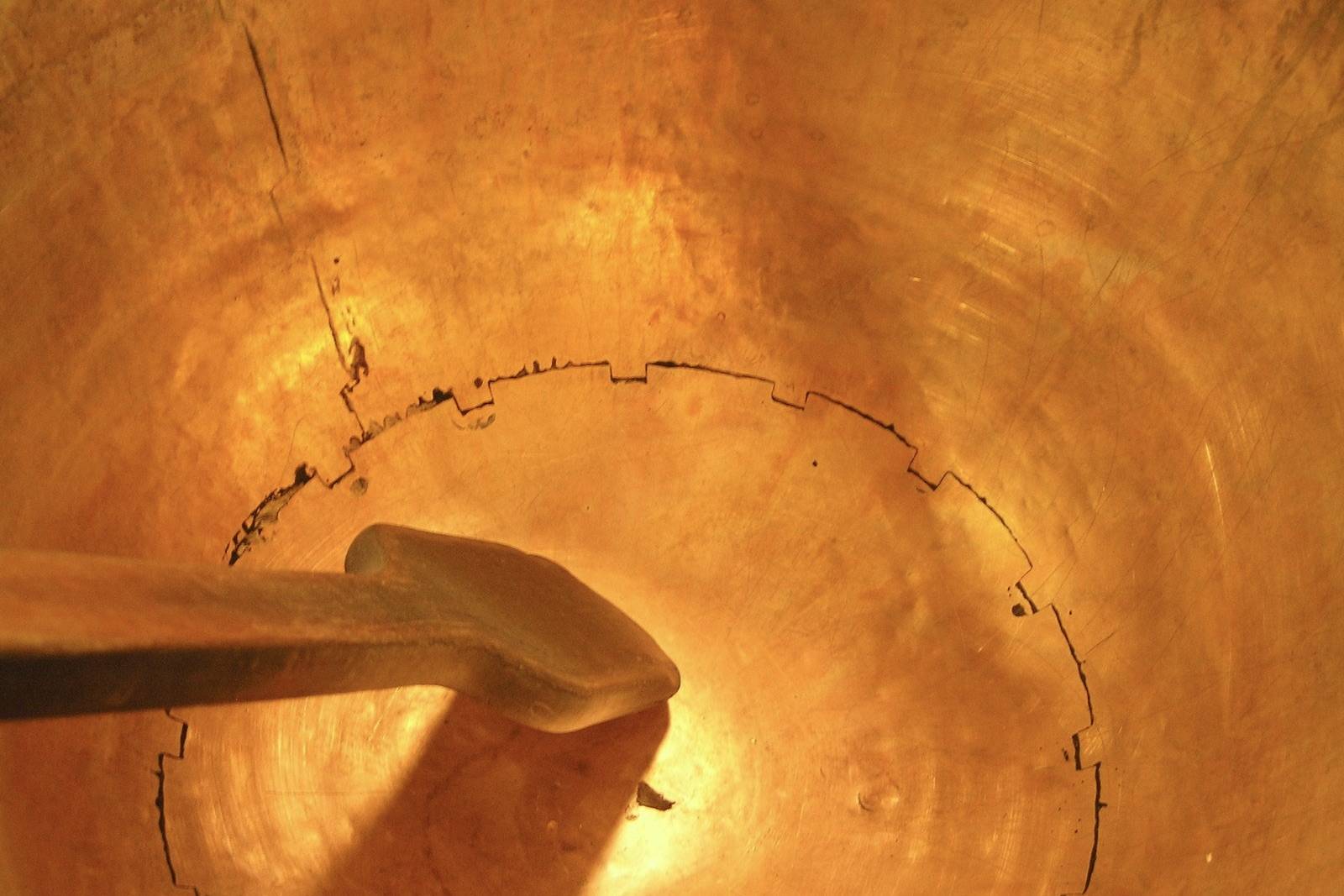Government leaders, doctors, and medical researchers worldwide are working feverishly to stop the spread of the coronavirus and to keep it from becoming a global pandemic.
Wuhan, one of China’s major transportation hubs, whose population approaches 11 million, is the epicenter of the coronavirus outbreak, which is spreading like wildfire. Wuhan was put on lockdown. Fear is widespread, prompting China’s government to build a 1,000-bed hospital within a week.
Professor Shenglan Tang, an expert in global health at Duke University, says while China’s major cities are the focus, there are major concerns for rural areas, even with the travel restrictions.
China’s death toll from the coronavirus shot up to 81 on Jan. 27, and the government confirmed the number of cases across the nation had ballooned to more than 2,700.
More than 40 cases, mainly from travelers coming from China, have been confirmed in a dozen other countries. Five Americans, including a man from Snohomish County, have been infected.
Since SeaTac is a major airport serving China, our health officials worry passengers and crews arriving here could spread the virus.
Drug companies are racing around the clock to develop a vaccine.
Medical experts fear a repeat of the last influenza pandemic that swept our planet in 1918. The Spanish flu killed an estimated 50 million people – 3 percent of the world’s population. That year, the deadly virus attacked one-fifth of the world’s population.
Today’s antibiotics, medicines and sanitary techniques did not exist a century ago. However, copper was, and it was first used in medicine more than 3,000 years ago. In ancient Egypt, copper vessels stored drinking water because the metal’s properties prevented the spread of diseases.
We also know that many diseases are transmitted by hands touching door knobs and hand rails in public places, schools and buses.
Researchers at Queens College at City University of New York (CUNY) learned that exposure to dry copper alloy surfaces, such as brass, kills a wide-spectrum bacteria and fungi and permanently inactivates several viruses. Greater than 99.9 percent of the killing occurred within 2 hours.
In November, the American Society of Microbiology released a new study, which discovered that copper hospital beds in intensive care units had 95 percent fewer bacteria than conventional beds.
That’s important because “hospital-acquired infections sicken approximately 2 million Americans annually, and kill nearly 100,000,” Dr. Michael G. Schmidt, University of South Carolina, Charleston, added. It is the eighth leading cause of U.S. deaths.
Copper alloy surfaces in buildings, homes and schools – albeit more expensive to install – are disease fighters that can significantly lower infection and death rates.
Exercise facilities and gyms are major breeding grounds for bacteria and viruses. The Bureau of Labor Statistics states that 58 million Americans are in a gym two or more times a week. They workout in one of the 30,500 gyms and health clubs across the US.
The National Institute of Allergy and Infectious Diseases breaks down the rate of incidence of the common cold in adults for 62 million per year. That means one adult per second will come down with the common cold caused by germ-filled surfaces.
Grinnell College, Grinnell, Iowa, research concluded the “use of copper alloys on high-touch athletic center surfaces, (barbells, dumbells, kettlebells and exercise machines) lowered bacteria counts by an average of 94 percent. Many gyms, weight-rooms and exercise centers purchase stainless steel or iron equipment, which are lower priced.
Importantly, CUNY researchers found that copper remains effective in fighting diseasees that develop drug-resistant mutations.
Hopefully, the coronavirus will prompt additional research into copper as a disease fighter. We will continue to find copper’s positives outweigh its negatives.
Don C. Brunell is a business analyst, writer and columnist. He recently retired as president of the Association of Washington Business, the state’s oldest and largest business organization, and now lives in Vancouver. He can be contacted at theBrunells@msn.com.


